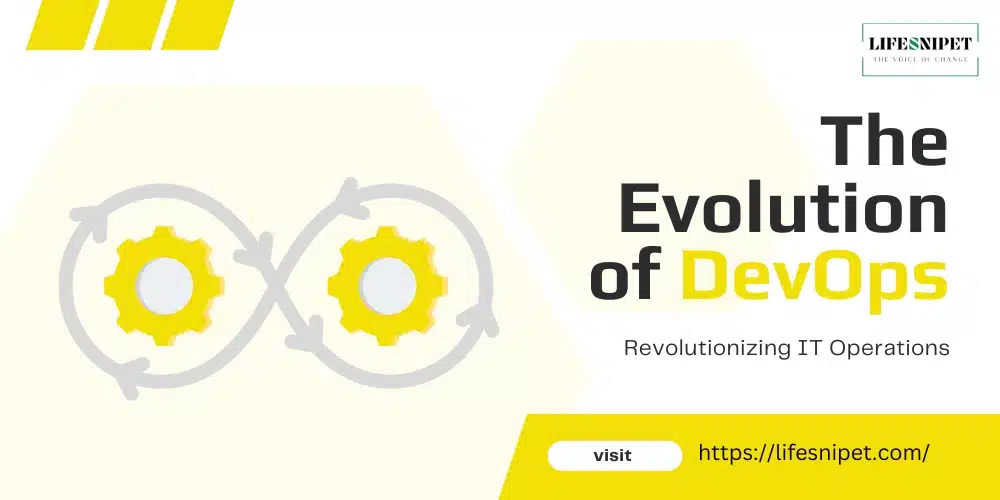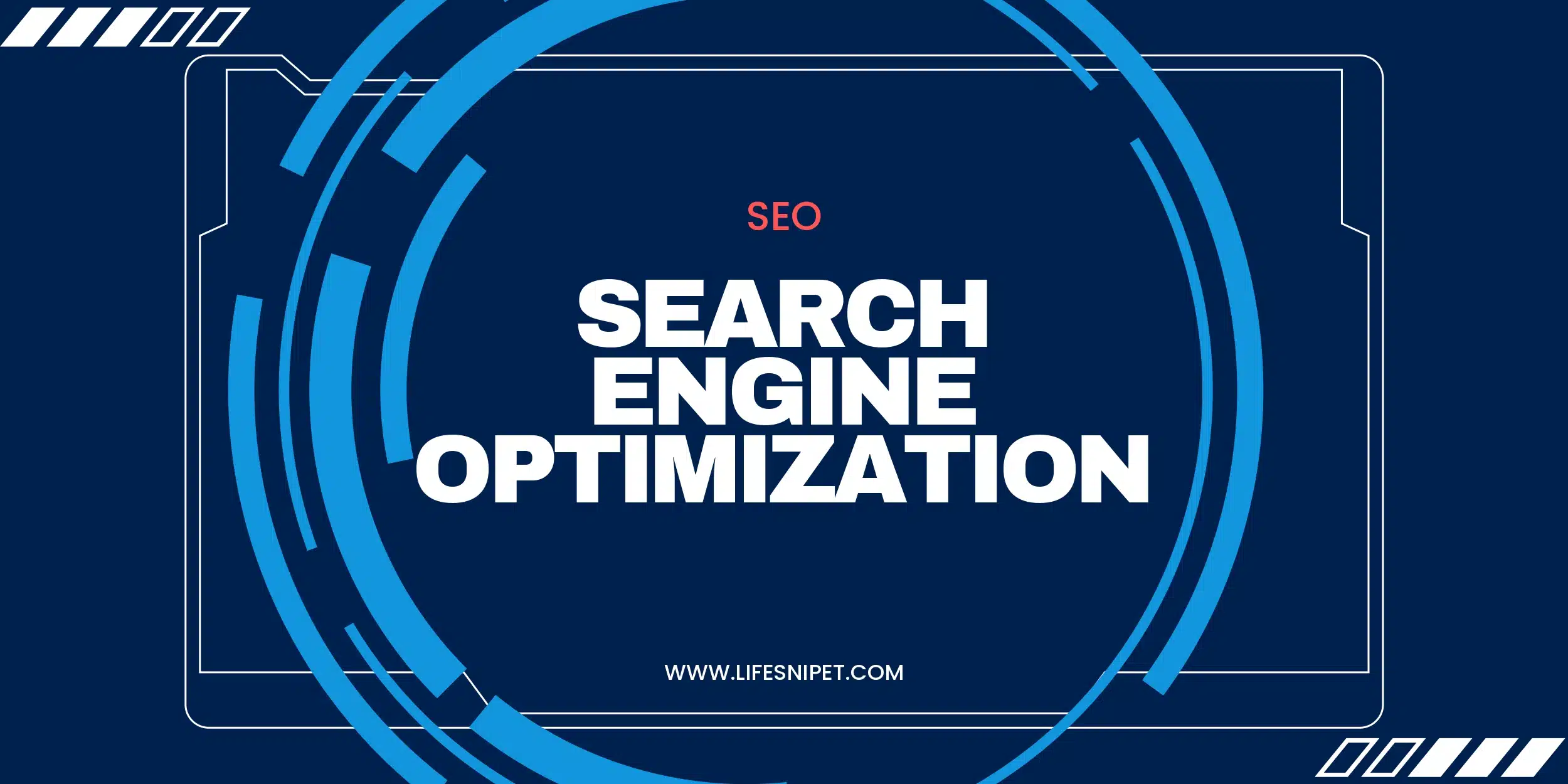DevOps is a modern approach that combines software development (Dev) and IT operations (Ops) to shorten the development lifecycle while delivering features, fixes, and updates frequently in close alignment with business objectives. This methodology emphasizes collaboration, automation, and continuous improvement.
The Evolution of DevOps
From Traditional IT to DevOps
In traditional IT environments, development and operations teams often work in silos. Development teams focused on creating software, while operations teams handled deployment and infrastructure management. This separation often led to delays and inefficiencies. DevOps emerged to bridge this gap, fostering a culture of collaboration and shared responsibility.
The Agile Connection
DevOps builds on the principles of Agile software development, emphasizing iterative progress, flexibility, and customer feedback. By integrating Agile practices with operations, DevOps creates a seamless workflow that enhances productivity and quality.
Core Principles of DevOps
Continuous Integration and Continuous Delivery (CI/CD)
At the heart of DevOps lies Continuous Integration (CI) and Continuous Delivery (CD). CI involves regularly merging code changes into a central repository, followed by automated testing. CD ensures that code changes are automatically deployed to production, enabling rapid and reliable software releases.
Infrastructure as Code (IaC)
Infrastructure as Code (IaC) allows teams to manage and provision computing resources through code, rather than manual processes. Tools like Terraform and AWS CloudFormation facilitate IaC, ensuring consistency and scalability.
Automation
Automation is a key component of DevOps. By automating repetitive tasks, teams can focus on more strategic activities. Automation tools such as Ansible, Puppet, and Chef streamline processes, reduce errors, and enhance efficiency.
Monitoring and Logging
Effective monitoring and logging are critical for maintaining system health and performance. Tools like Prometheus, Grafana, and the ELK Stack (Elasticsearch, Logstash, Kibana) provide real-time insights and facilitate quick issue resolution.
Benefits of DevOps
Accelerated Delivery
DevOps practices significantly accelerate the delivery of software updates and new features. By automating processes and fostering collaboration, teams can deploy changes more quickly and efficiently.
Improved Collaboration
DevOps breaks down silos and promotes a culture of collaboration and shared responsibility. Development and operations teams work together closely, leading to better communication and faster problem-solving.
Enhanced Quality and Reliability
Automation and continuous testing ensure high-quality software. DevOps practices reduce the risk of human error, resulting in more reliable and stable systems.
Scalability and Flexibility
With DevOps, organizations can easily scale their operations to meet changing demands. Infrastructure as Code (IaC) and automation tools enable teams to quickly adjust resources and configurations.
Cost Efficiency
By streamlining processes and reducing manual intervention, DevOps can lead to significant cost savings. Organizations can optimize resource utilization and minimize downtime, ultimately improving their bottom line.
DevOps Tools and Technologies
Version Control Systems
Git is a widely used version control system that allows teams to track changes, collaborate on code, and manage different versions of a project. Platforms like GitHub, GitLab, and Bitbucket provide repositories and collaboration features.
Continuous Integration/Continuous Deployment (CI/CD) Tools
Jenkins, Travis CI, and CircleCI are popular CI/CD tools that automate the testing and deployment of code changes. These tools help ensure that new code is integrated smoothly and deployed reliably.
Containerization and Orchestration
Docker enables containerization, which packages applications and their dependencies into portable containers. Kubernetes is an orchestration tool that manages containerized applications at scale, providing features like automated deployment, scaling, and management.
Configuration Management
Ansible, Puppet, and Chef are configuration management tools that automate the setup and maintenance of IT infrastructure. They help ensure consistency and compliance across environments.
Monitoring and Logging
Prometheus and Grafana are powerful monitoring tools that provide real-time metrics and dashboards. The ELK Stack (Elasticsearch, Logstash, Kibana) is widely used for logging and log analysis, enabling teams to quickly identify and resolve issues.
Challenges in Implementing DevOps
Cultural Shift
Implementing DevOps requires a significant cultural shift within an organization. Teams must adopt new ways of working, embracing collaboration, automation, and continuous improvement.
Skill Development
DevOps demands a diverse skill set, including development, operations, automation, and security knowledge. Continuous learning and training are essential to keep pace with evolving technologies.
Tool Integration
Integrating various DevOps tools and technologies can be complex. Organizations must carefully select and configure tools to ensure they work seamlessly together.
Security Considerations
Security is a critical aspect of DevOps. DevSecOps integrates security practices throughout the development lifecycle, ensuring that security is a continuous, integral part of the process.
The Future of DevOps
Artificial Intelligence and Machine Learning
AI and ML are poised to play a significant role in the future of DevOps. These technologies can enhance automation, predict and prevent issues, and optimize resource management.
Serverless Computing
Serverless computing, which allows developers to build and run applications without managing infrastructure, is gaining traction. DevOps teams can leverage serverless architectures to streamline operations and reduce overhead.
Edge Computing
As IoT devices proliferate, edge computing is becoming increasingly important. DevOps practices can help manage and deploy applications at the edge, ensuring performance and reliability.
Conclusion
DevOps is revolutionizing the way organizations develop, deploy, and manage software. DevOps enables faster, more reliable, and secure software delivery by fostering collaboration, automation, and continuous improvement. Embracing DevOps practices and tools can propel organizations toward greater efficiency, innovation, and competitive advantage.
FAQ
Q1: What is DevOps?
A1: DevOps is a modern approach that combines software development (Dev) and IT operations (Ops) to shorten the development lifecycle while delivering features, fixes, and updates frequently in close alignment with business objectives.
Q2: What are the core principles of DevOps?
A2: The core principles of DevOps include Continuous Integration and Continuous Delivery (CI/CD), Infrastructure as Code (IaC), automation, and effective monitoring and logging.
Q3: How does DevOps benefit organizations?
A3: DevOps benefits organizations by accelerating software delivery, improving collaboration between teams, enhancing software quality and reliability, providing scalability and flexibility, and achieving cost efficiency.
Q4: What tools are commonly used in DevOps?
A4: Common tools used in DevOps include version control systems like Git, CI/CD tools like Jenkins and Travis CI, containerization tools like Docker, orchestration tools like Kubernetes, and monitoring tools like Prometheus and Grafana.
Q5: What challenges might an organization face when implementing DevOps?
A5: Challenges in implementing DevOps include the need for a cultural shift within the organization, skill development, tool integration, and maintaining security throughout the development lifecycle.

Welcome to LifeSnipet! At LifeSnipet, we’re your ultimate source for the latest health updates. Specializing in health and fitness-related diseases, we delve deep into Ayurvedic techniques, providing you with a comprehensive understanding of well-being. Explore our real-time updates, detailed articles, and ancient Ayurvedic wisdom for a holistic approach to health. Embark on a journey to a healthier, vibrant life with LifeSnipet – where your well-being is our priority!











